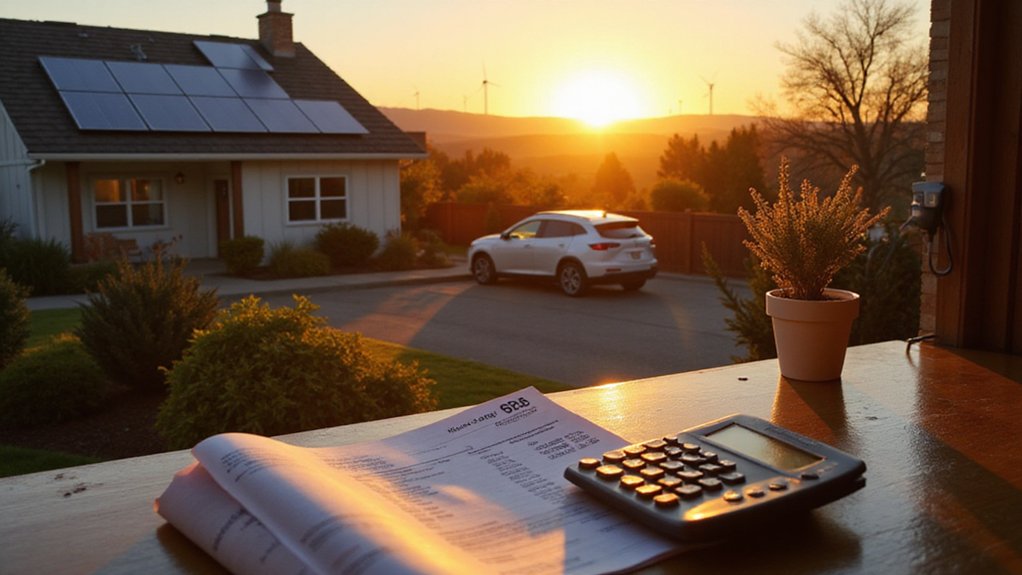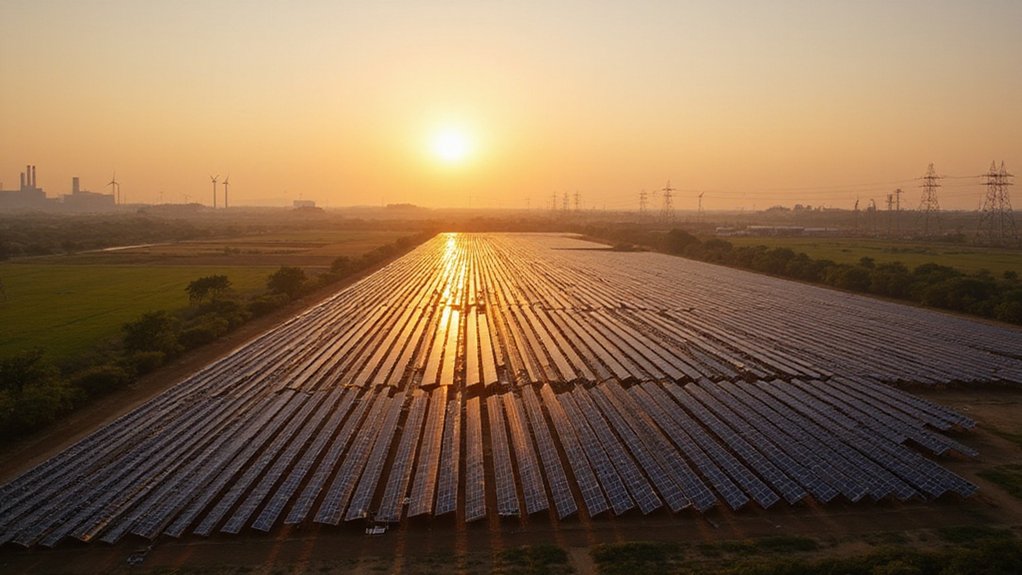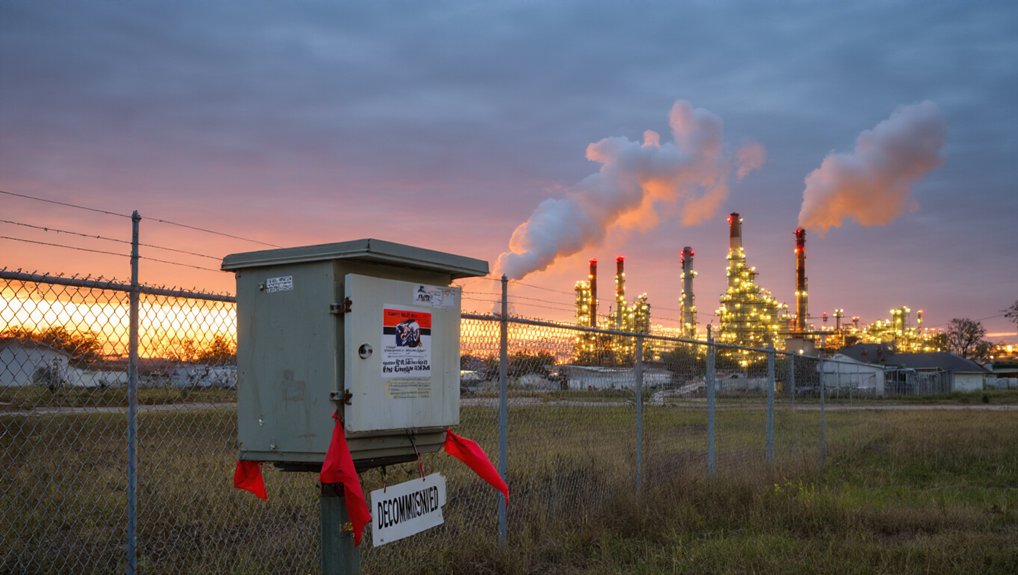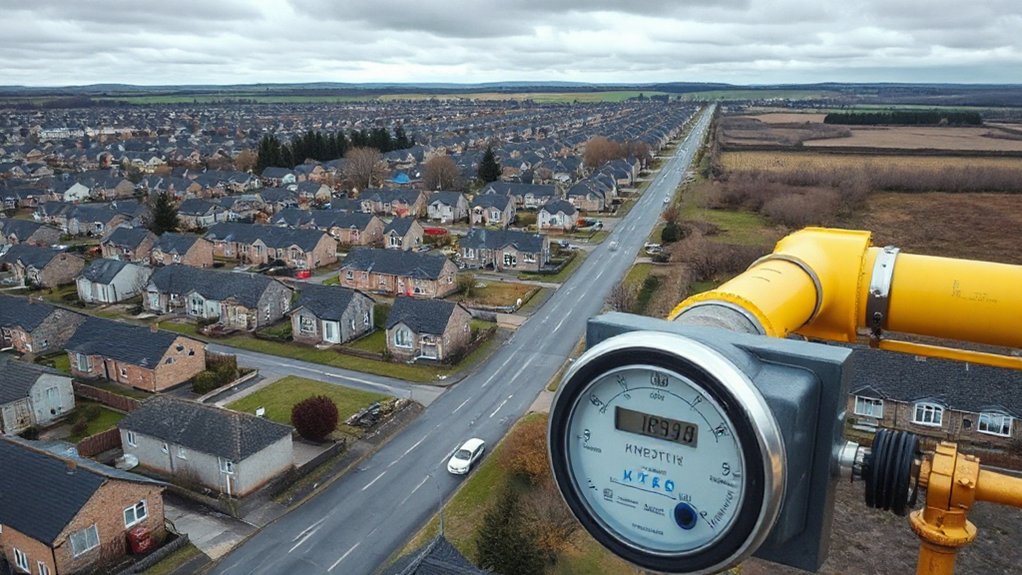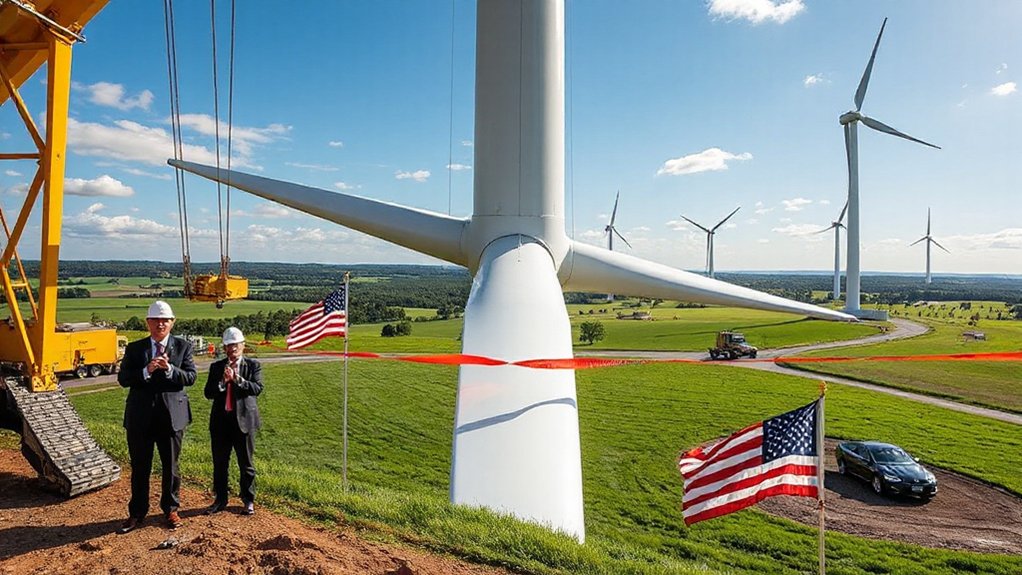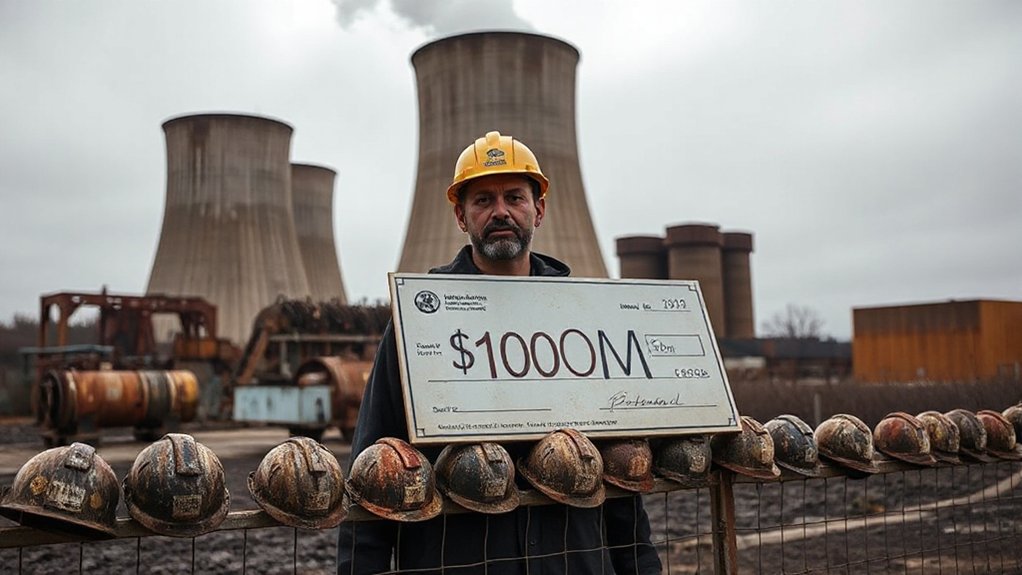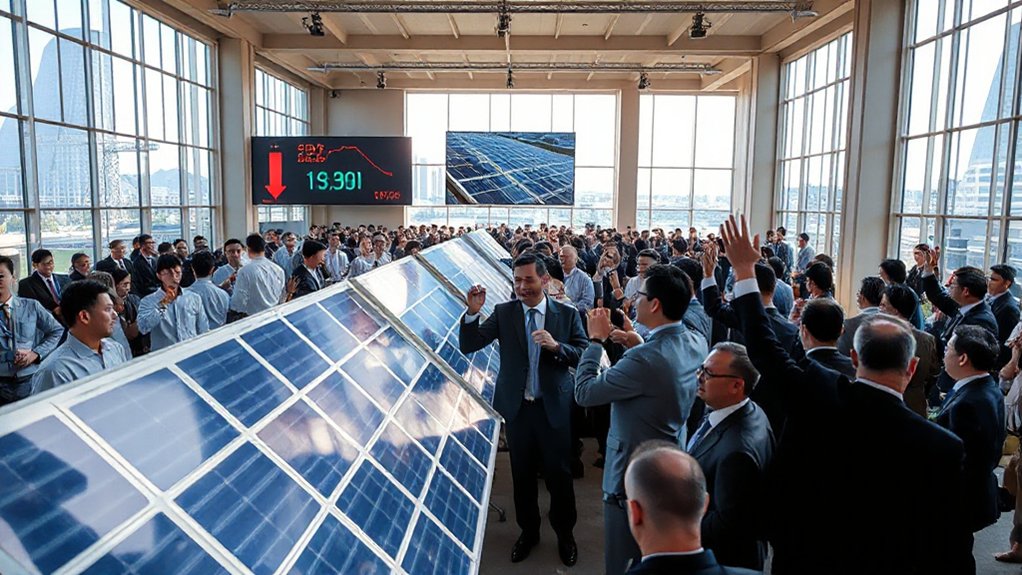California families face wallet-crushing green energy bills averaging $20,000 per household through 2050. The state’s ambitious climate mandates require expensive home retrofits—solar panels, electric water heaters, and vehicle chargers. Meanwhile, Cap-and-Trade credits offer a measly $137 per family in 2025. Talk about band-aids on bullet wounds. Low-income households suffer most, with 650,000 already in energy poverty despite using less electricity than average Americans. The gap between environmental idealism and economic reality keeps widening.
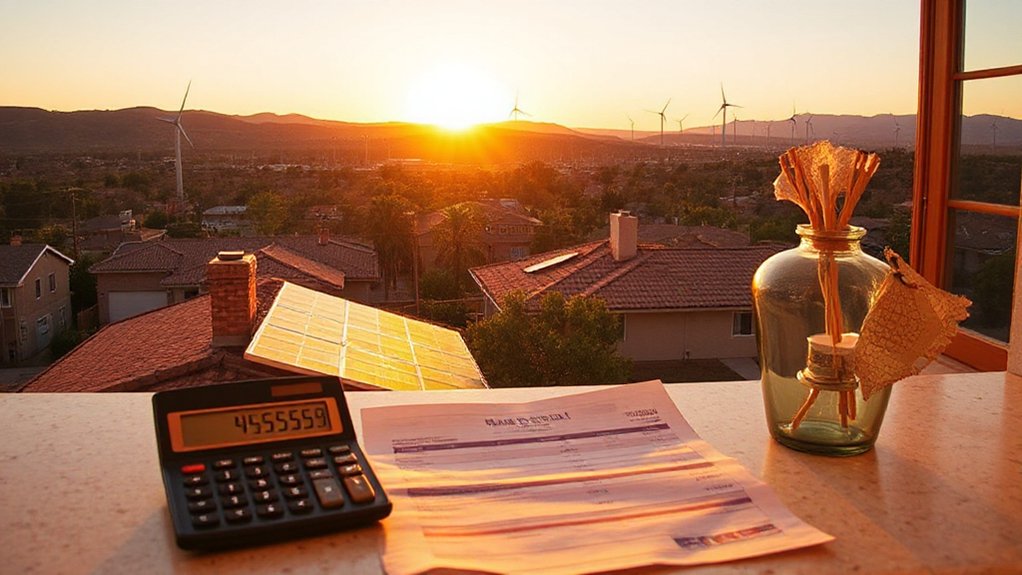
While California pushes forward with ambitious climate goals, families across the state are facing a serious financial reality check. According to Pacific Research Institute estimates, the average household will shell out between $17,398 and $20,182 for the state’s green energy shift between 2025 and 2050. That’s not pocket change.
The bills are piling up from all directions. New solar panels. Electric water heaters. Vehicle charging stations. And don’t forget the costs of shutting down perfectly functional natural gas and nuclear plants. Because progress, right?
The green revolution isn’t free. We’re funding it with our wallets while perfectly good power plants get shuttered.
Meanwhile, Sacramento is tossing families a bone. The state’s Cap-and-Trade program is funding $2.4 billion in utility bill credits for 2025, which works out to about $137 per household on April bills. Since 2014, households have received an average total of $1,120 in climate credits. Nice gesture, but do the math – it hardly makes a dent in that $20,000 tab.
The state isn’t slowing down either. California law demands 60% renewable electricity by 2030, ramping up to 100% renewable and zero-carbon electricity by 2045. Intermediate targets are just as aggressive: 90% renewables by 2035, 95% by 2040. They’re serious about this.
For homeowners, the shift means expensive retrofits. New electrical panels. Rewired homes. Electric appliances replacing gas ones. It adds up fast.
Low-income families are getting hit hardest. When energy bills climb, those living paycheck to paycheck feel it most. The Manhattan Institute study found approximately 650,000 households are already living in energy poverty across the state. The climate credits help, sure, but not enough.
Across the state, the energy landscape is changing dramatically. Biomass, solar, and wind are taking over. About 173,000 households still use wood heating, but that’s becoming the exception, not the rule.
The green shift is supposed to benefit everyone eventually. But right now, thousands of California families are staring at bills they can’t afford. Twenty grand per household? That’s not environmental justice – it’s a financial burden that many simply can’t shoulder. The climate goals sound impressive on paper. The reality? Much more complicated.
Despite these high costs, California is part of the national trend where battery storage capacity nearly doubled in 2024, providing some grid stability during peak demand periods.
The state’s increasing reliance on renewable energy sources has led to Californians paying 56% higher prices for electricity compared to the national average, despite using 34% less energy than the typical American household.
